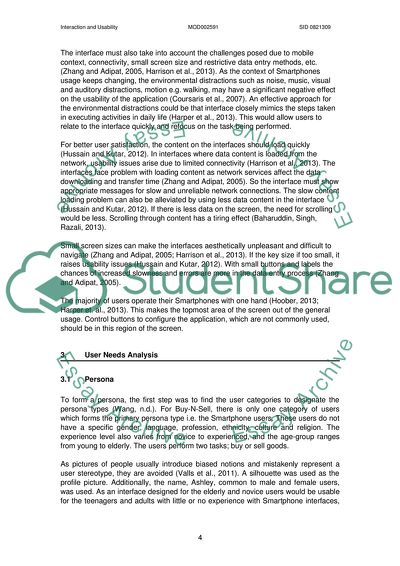Cite this document
(Interaction and Usability Report Example | Topics and Well Written Essays - 2500 words, n.d.)
Interaction and Usability Report Example | Topics and Well Written Essays - 2500 words. https://studentshare.org/information-technology/1820573-interaction-and-usability-component-2
Interaction and Usability Report Example | Topics and Well Written Essays - 2500 words. https://studentshare.org/information-technology/1820573-interaction-and-usability-component-2
(Interaction and Usability Report Example | Topics and Well Written Essays - 2500 Words)
Interaction and Usability Report Example | Topics and Well Written Essays - 2500 Words. https://studentshare.org/information-technology/1820573-interaction-and-usability-component-2.
Interaction and Usability Report Example | Topics and Well Written Essays - 2500 Words. https://studentshare.org/information-technology/1820573-interaction-and-usability-component-2.
“Interaction and Usability Report Example | Topics and Well Written Essays - 2500 Words”. https://studentshare.org/information-technology/1820573-interaction-and-usability-component-2.


